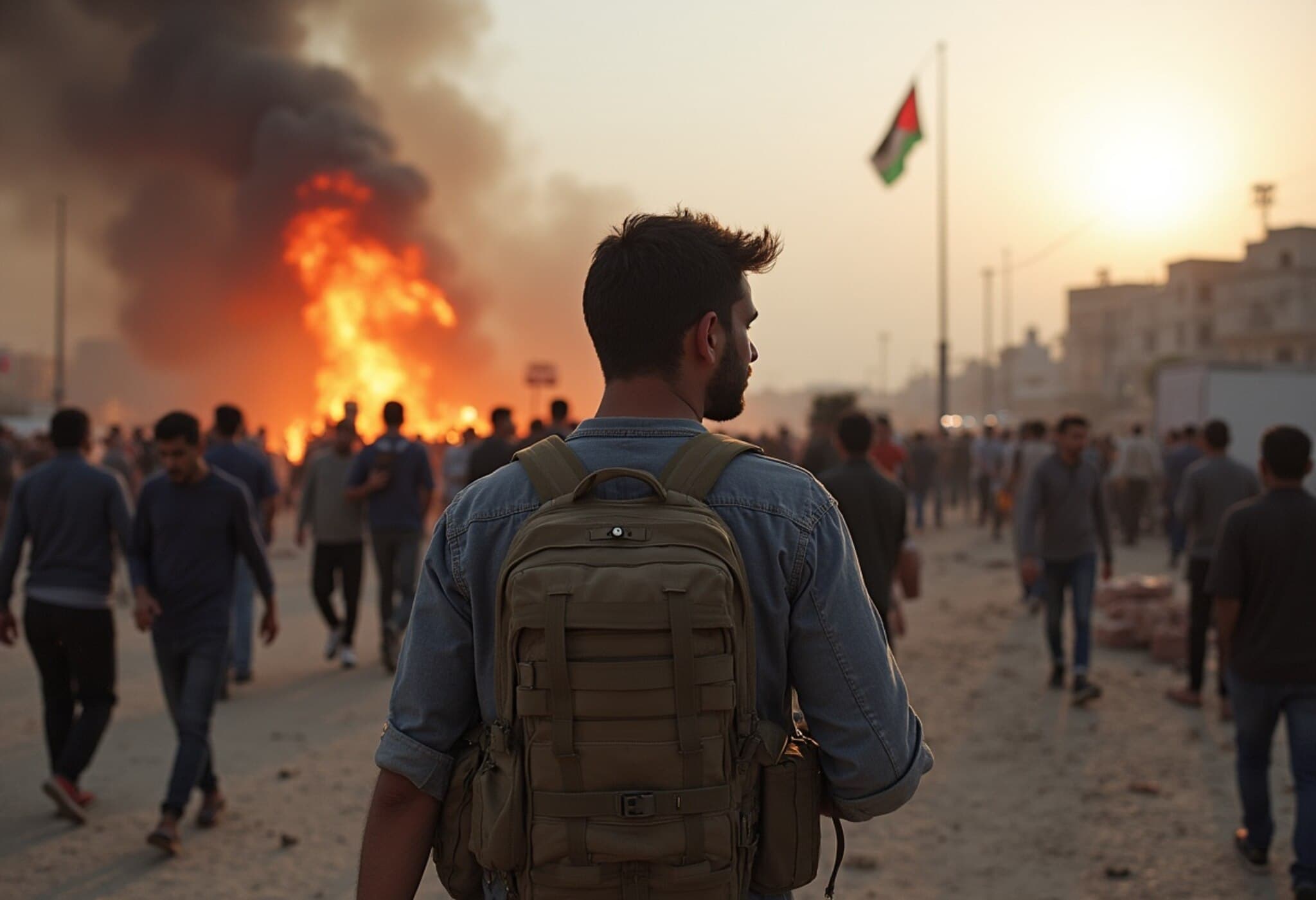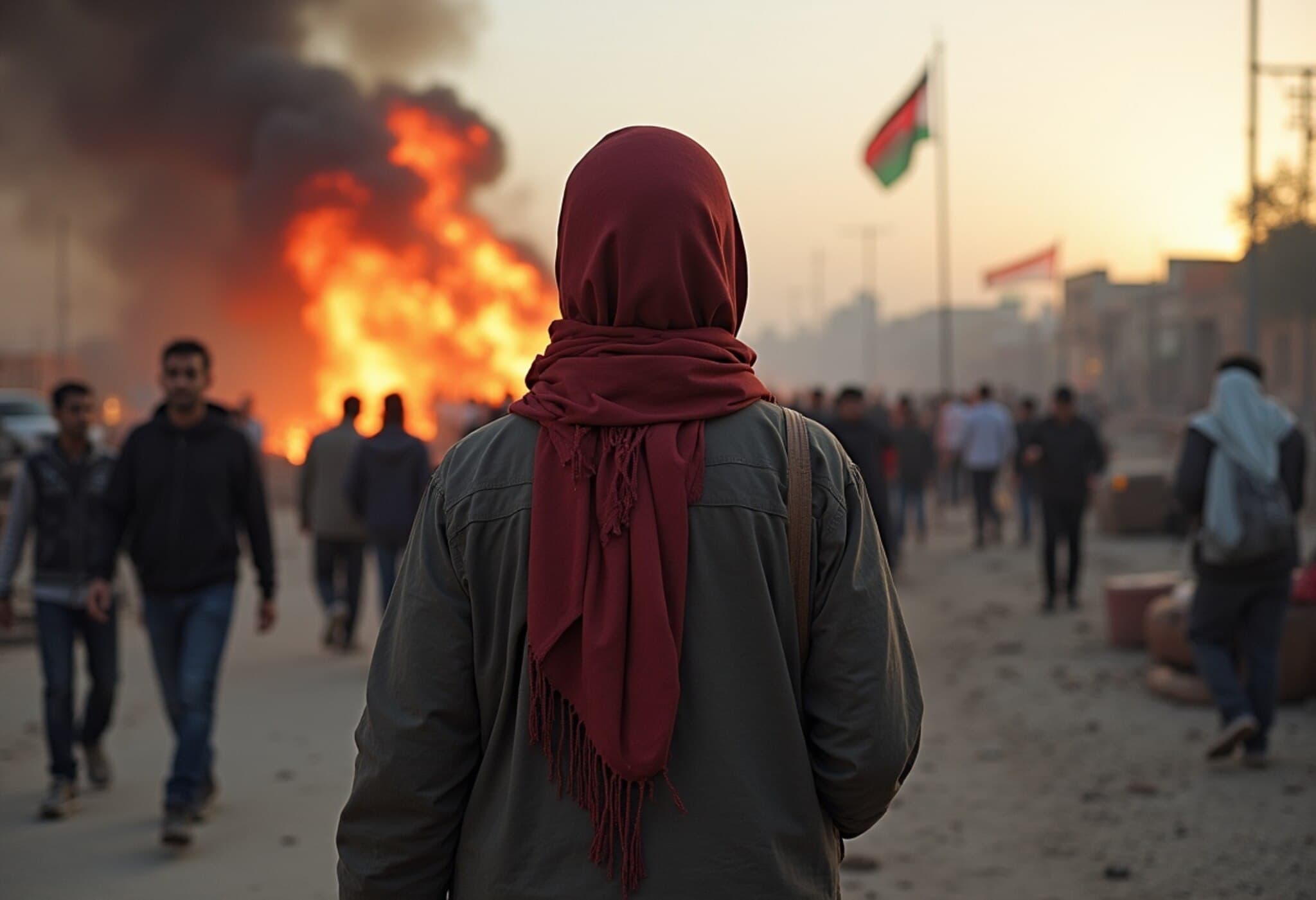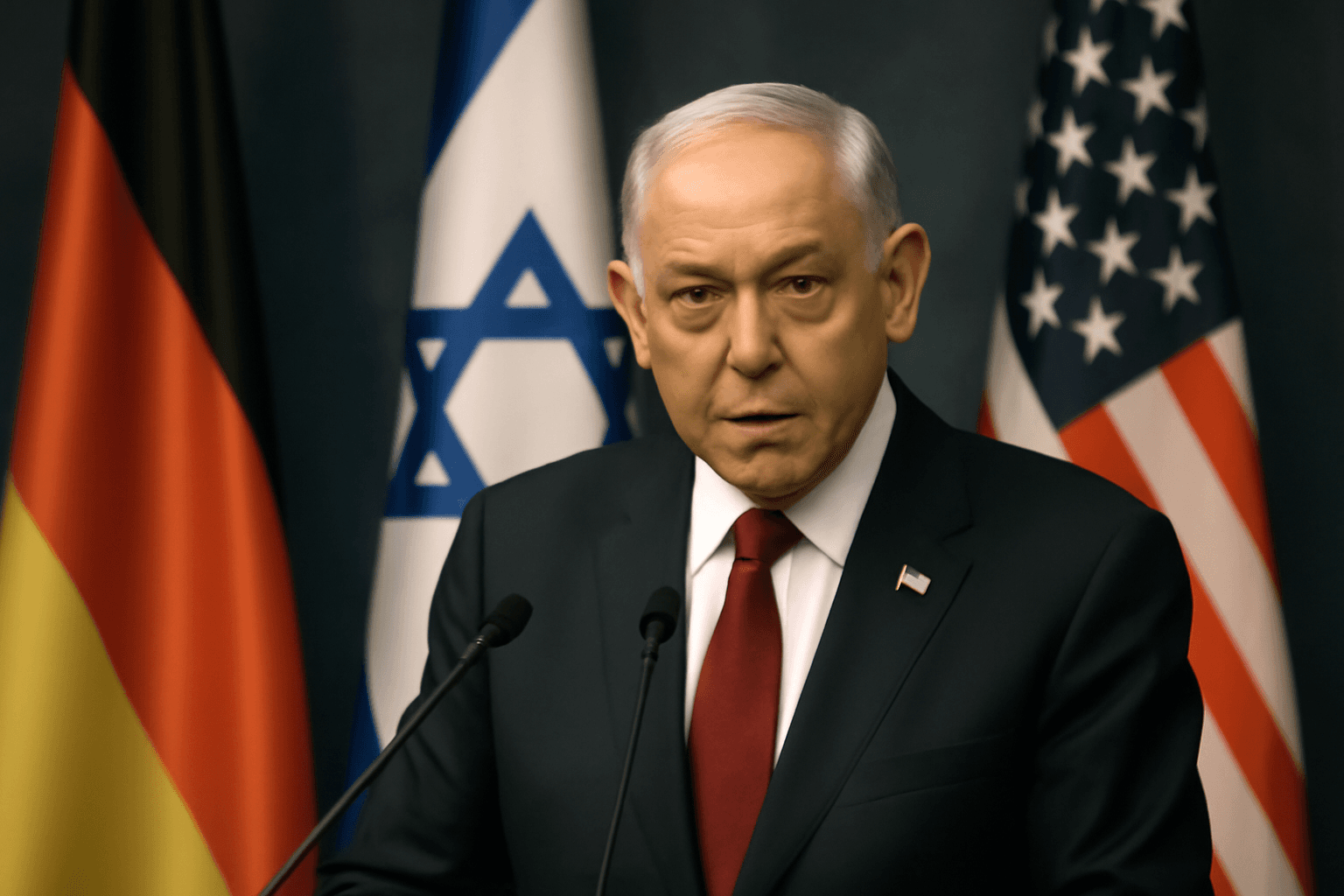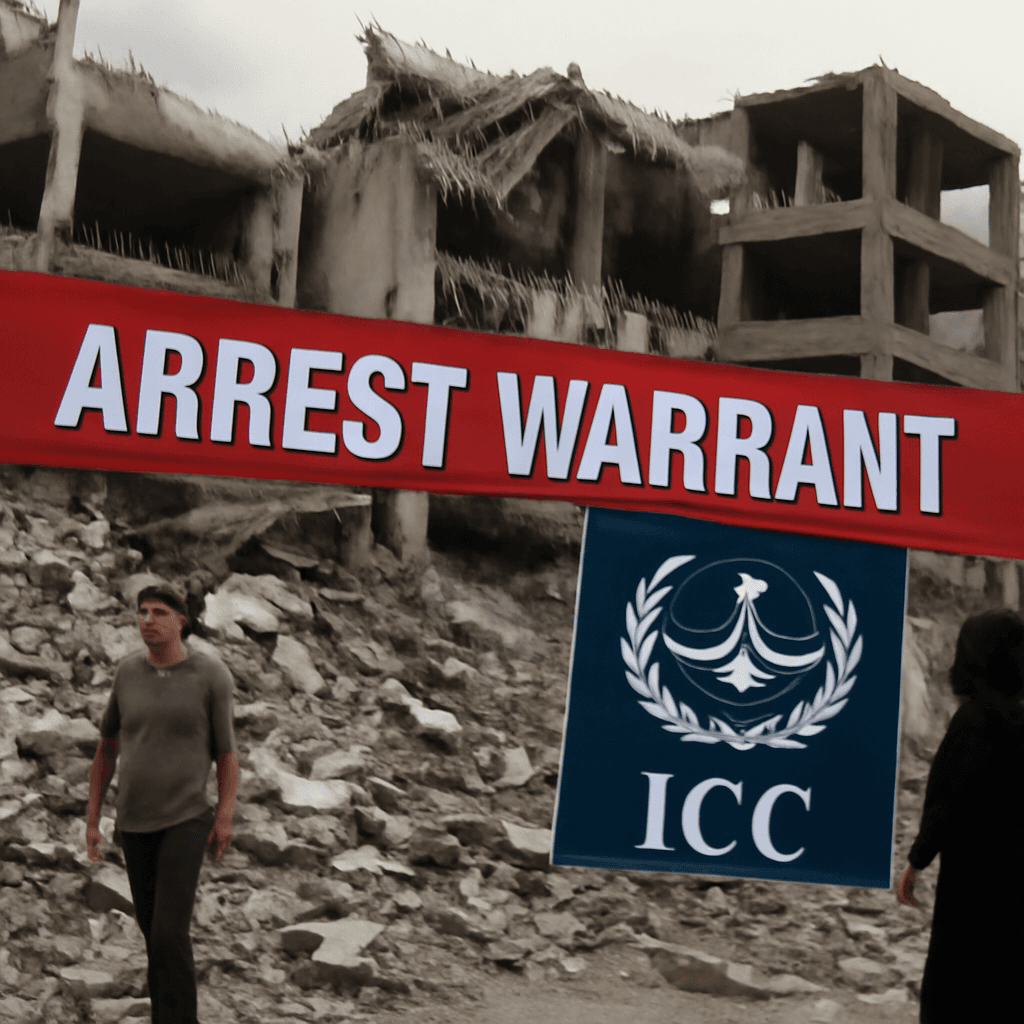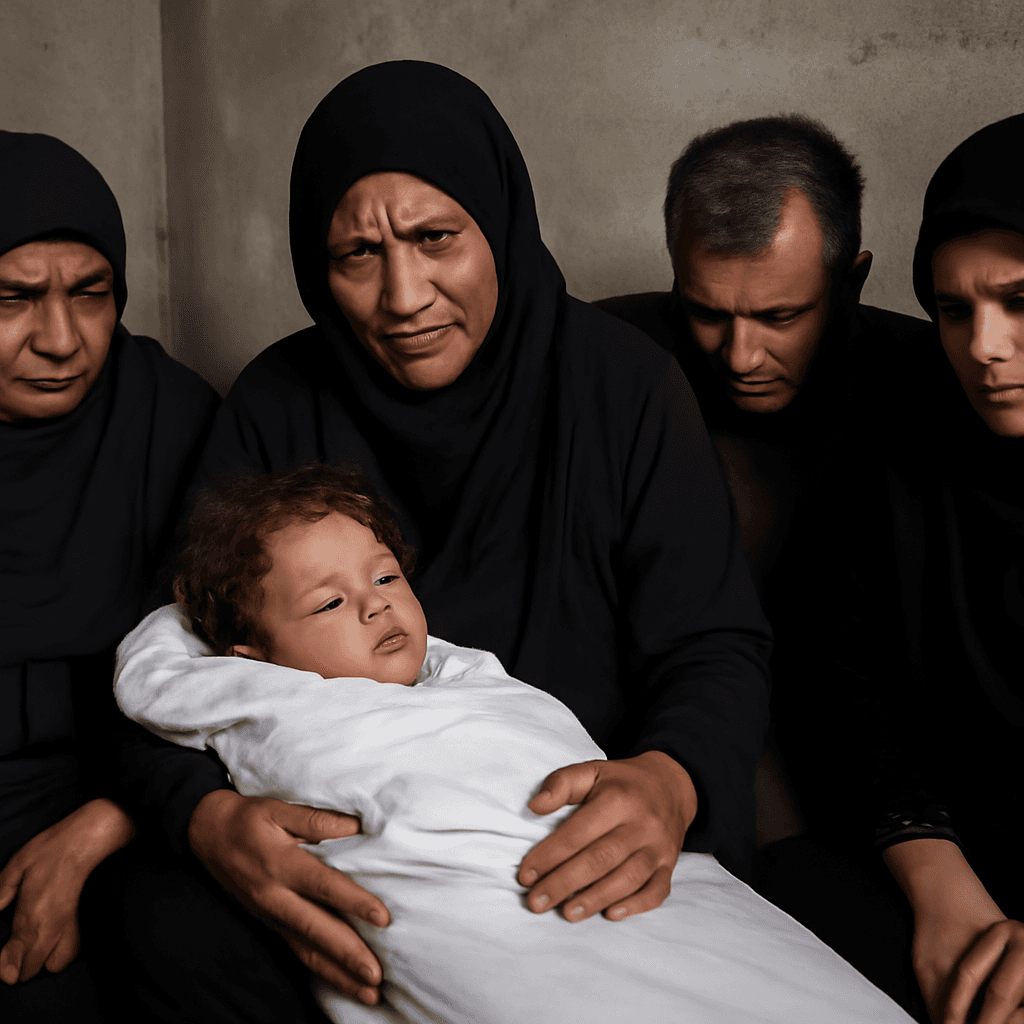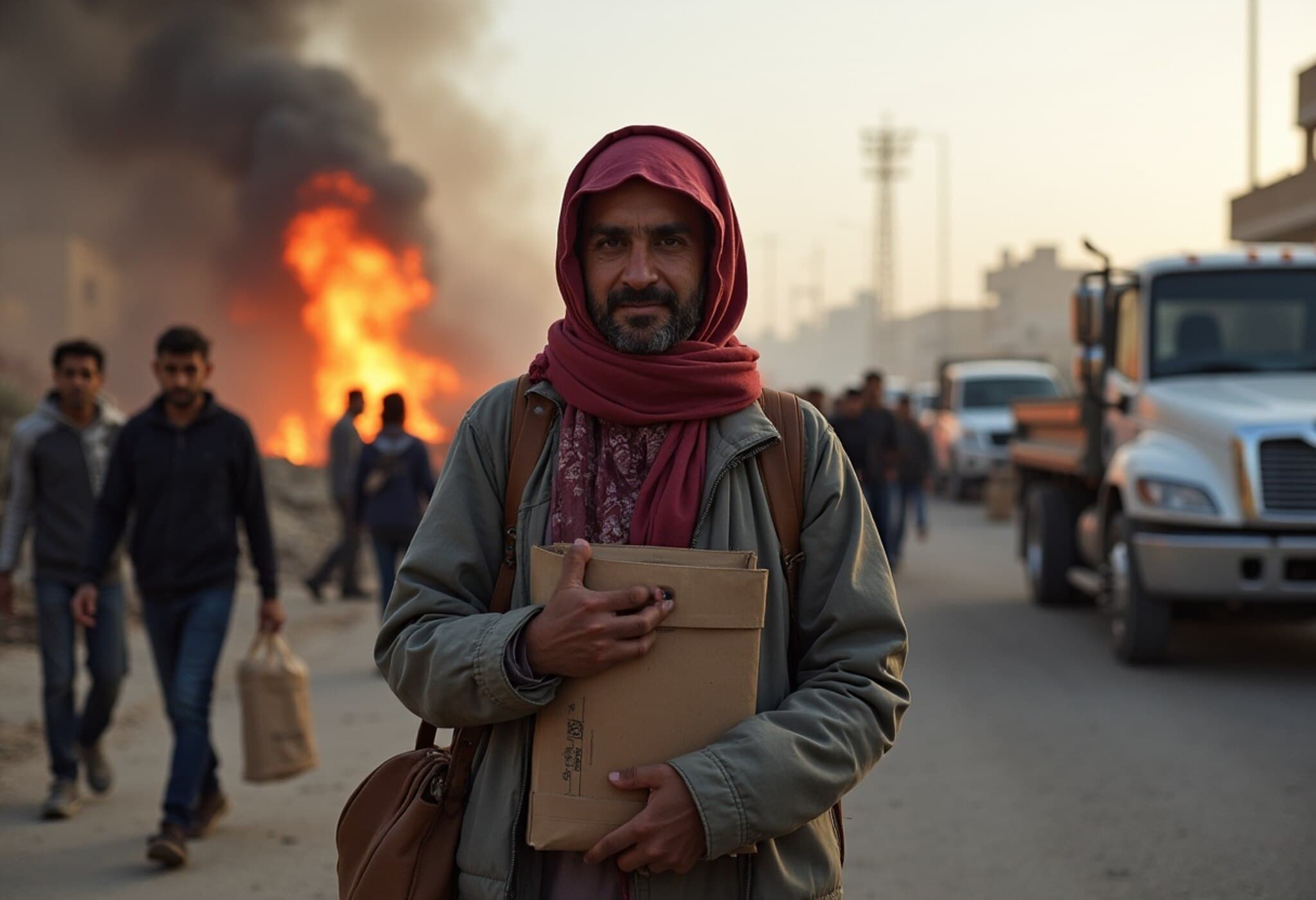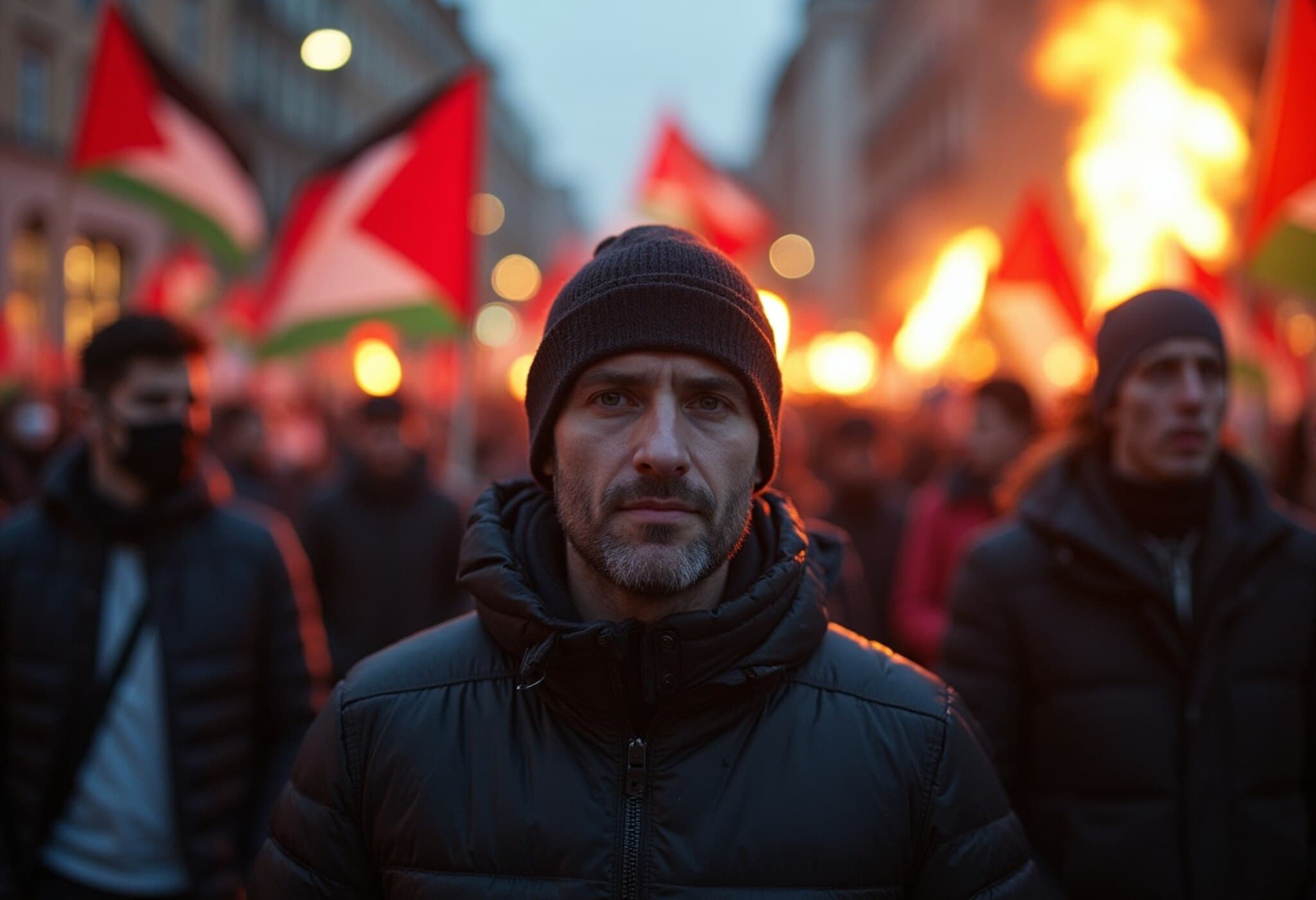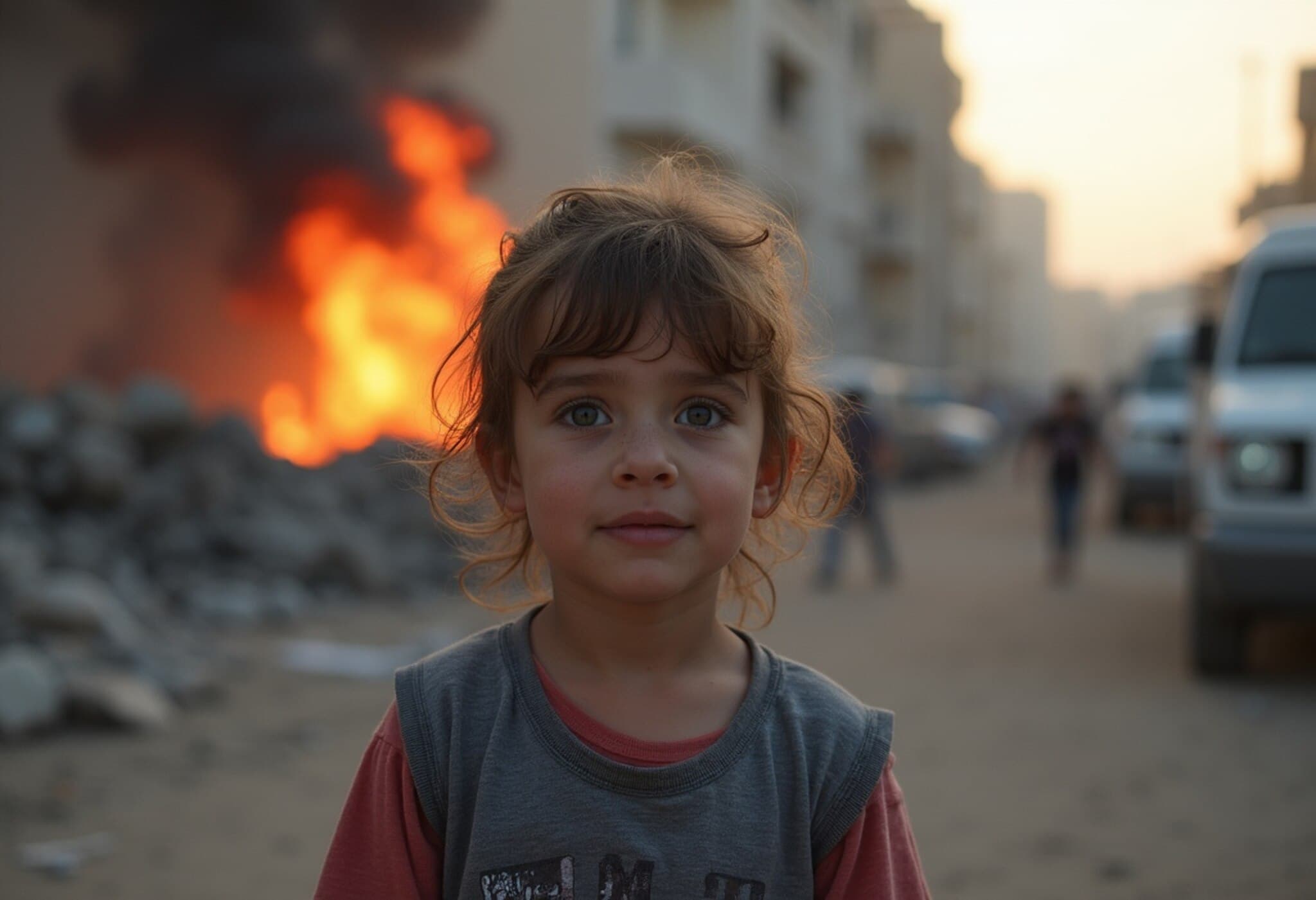Tragic Losses as Aid Seekers in Gaza Face Deadly Fire from Israeli Forces
On July 20, 2025, Gaza witnessed one of its deadliest days in recent times, with at least 85 Palestinians killed and dozens more wounded as they gathered to collect humanitarian aid amid the ongoing conflict. According to Gaza’s civil defence agency, Israeli forces opened fire on desperate crowds attempting to receive food supplies, highlighting the escalating humanitarian crisis in the beleaguered enclave.
Mass Casualties Near Gaza City and Rafah
The northern Gaza region near Gaza City bore the brunt of the violence, where 67 people lost their lives as truckloads of food arrived. Meanwhile, in the southern town of Rafah, six Palestinians were fatally shot, adding to dozens who had died in similar circumstances the previous day. These figures illustrate the tragic human cost of restricted aid access in a conflict zone where vulnerability is pervasive.
World Food Programme Convoy Under Fire
The United Nations World Food Programme (WFP) reported that its convoy of 25 trucks carrying vital food supplies was met by massive crowds of hungry civilians immediately after crossing from Israel into northern Gaza. Alarmingly, these aid seekers came under gunfire during the humanitarian operation, underscoring the perilous situation on the ground.
In response, the Israeli military disputed the reported death toll, stating that soldiers fired warning shots only to neutralize what they described as an “immediate threat.” The army has announced it would review the incident amid growing domestic and international scrutiny.
Eyewitness Accounts: A Haunting Scene of Violence
Describing the harrowing experience, Qasem Abu Khater, a 36-year-old resident of Gaza City, told journalists, “The tanks were firing shells randomly at us, and Israeli snipers were shooting as if we were animals in a forest.” He recounted seeing dozens of deaths unfold before his eyes with no possibility to save the victims, painting a grim picture of the humanitarian disaster.
Mahmud Bassal, a spokesman for Gaza’s civil defence agency, warned that the death toll is likely to rise. He attributed the southern Gaza casualties directly to gunfire from Israeli forces, emphasizing the relentless nature of the attacks amidst ongoing aid deliveries.
The Wider Humanitarian Toll and Political Context
Since the outbreak of conflict following Hamas’s October 7, 2023 assault on Israel—which resulted in 1,219 Israeli deaths and 251 hostages taken—Gaza has been under severe bombardment. The Israeli military’s intensified campaign has reportedly claimed nearly 58,895 Palestinian lives, the vast majority being civilians, according to figures from Gaza’s health ministry.
Most of the territory’s more than 2 million inhabitants have been displaced multiple times, exacerbating desperation. On the day of the shooting, Israeli forces ordered residents of Deir el-Balah to move south, signaling an expanding ground offensive in areas previously scarcely entered.
Israeli army spokesman Avichay Adraee noted on social media platform X that operations against Hamas in central Gaza are increasing, reflecting ongoing military escalation despite growing international calls for de-escalation and humanitarian access.
Challenges to Independent Verification and Media Access
The Gaza Strip continues to present severe challenges to journalists and aid organizations trying to document the crisis, with strict media restrictions and access limitations imposed by both Israeli and Hamas authorities. As a result, independent verification of casualty figures and events remains difficult, heightening concerns about transparency and accountability.
Expert Insight: The Intersection of Humanitarian Aid and Conflict
This unfolding tragedy highlights a fundamental tension in modern conflict zones: delivering humanitarian aid safely amid active hostilities. Experts in international humanitarian law emphasize states’ obligations to ensure the protection of civilians and aid workers, calling on all parties to respect the principles of distinction and proportionality.
Furthermore, the repeated targeting or disruption of aid efforts undermines not only immediate survival but also long-term prospects for peace and stability in the region. As the international community grapples with how to respond effectively, questions arise about enforcement mechanisms and the role of diplomatic engagement in safeguarding aid corridors.
What Comes Next?
- Humanitarian Access: Calls are mounting for unhindered passage of aid convoys and protection of civilians amid escalating hostilities.
- International Response: Global actors face pressure to address both the immediate crisis and underlying political tensions fueling the violence.
- Media Transparency: Enhanced efforts to increase on-the-ground reporting and independent verification of incidents are critical for accountability.
As Gaza continues to wrestle with the harsh realities of war, the international community’s role in advocating for protection of civilians and facilitating aid delivery remains pivotal. The tragic events of July 20 serve as a solemn reminder of the enduring human cost when conflict and humanitarian needs collide.
Editor’s Note
This catastrophe underlines the urgent need for de-escalation and robust humanitarian safeguards in Gaza. Beyond immediate loss of life, the continued targeting of aid seekers points to systemic failures in protecting civilians during conflict. Readers are encouraged to consider the complexities faced by all sides and the critical importance of upholding international humanitarian law to prevent further tragedies.

